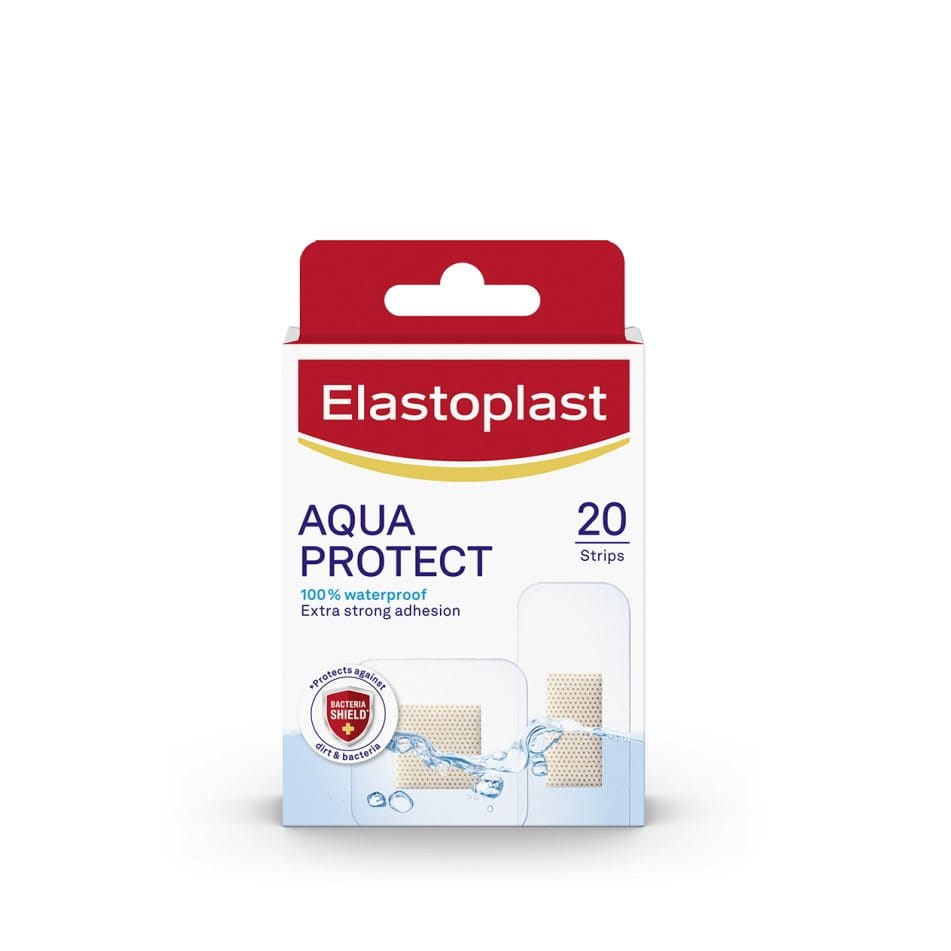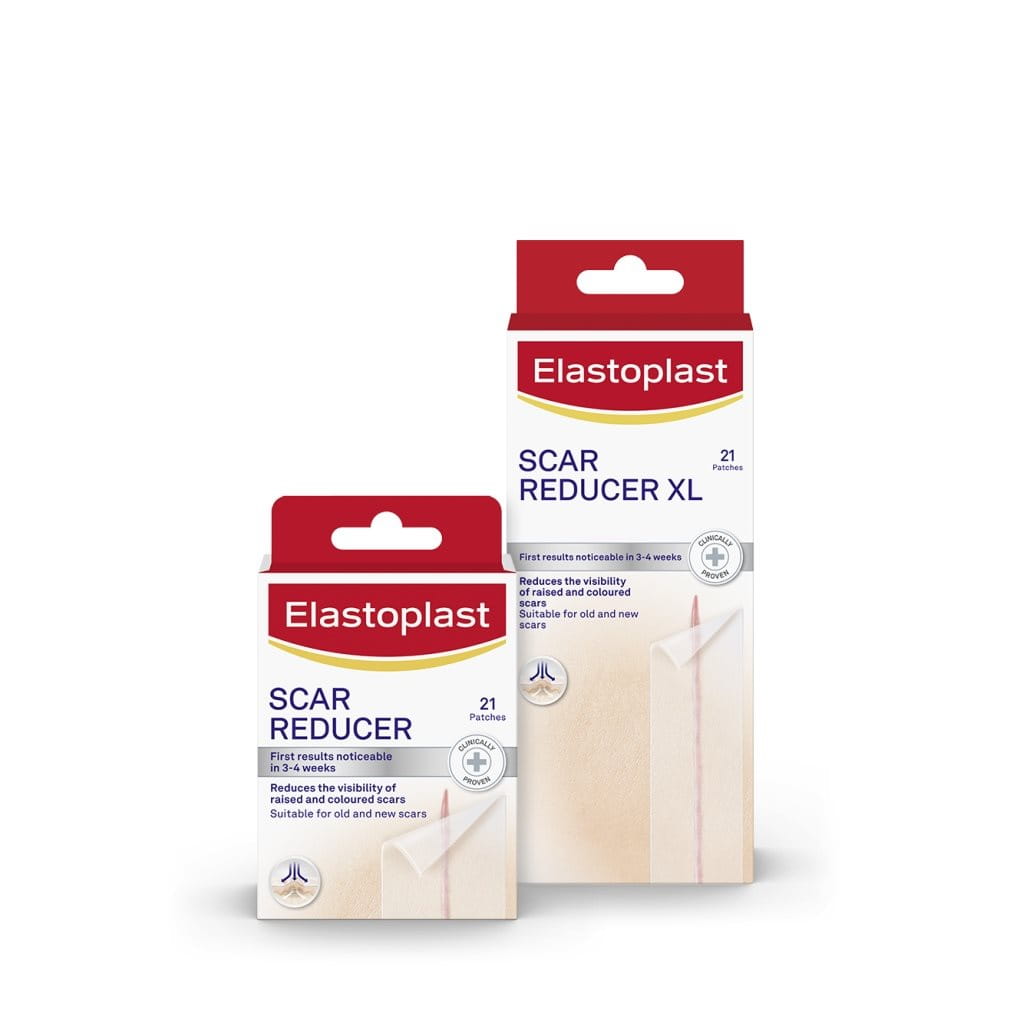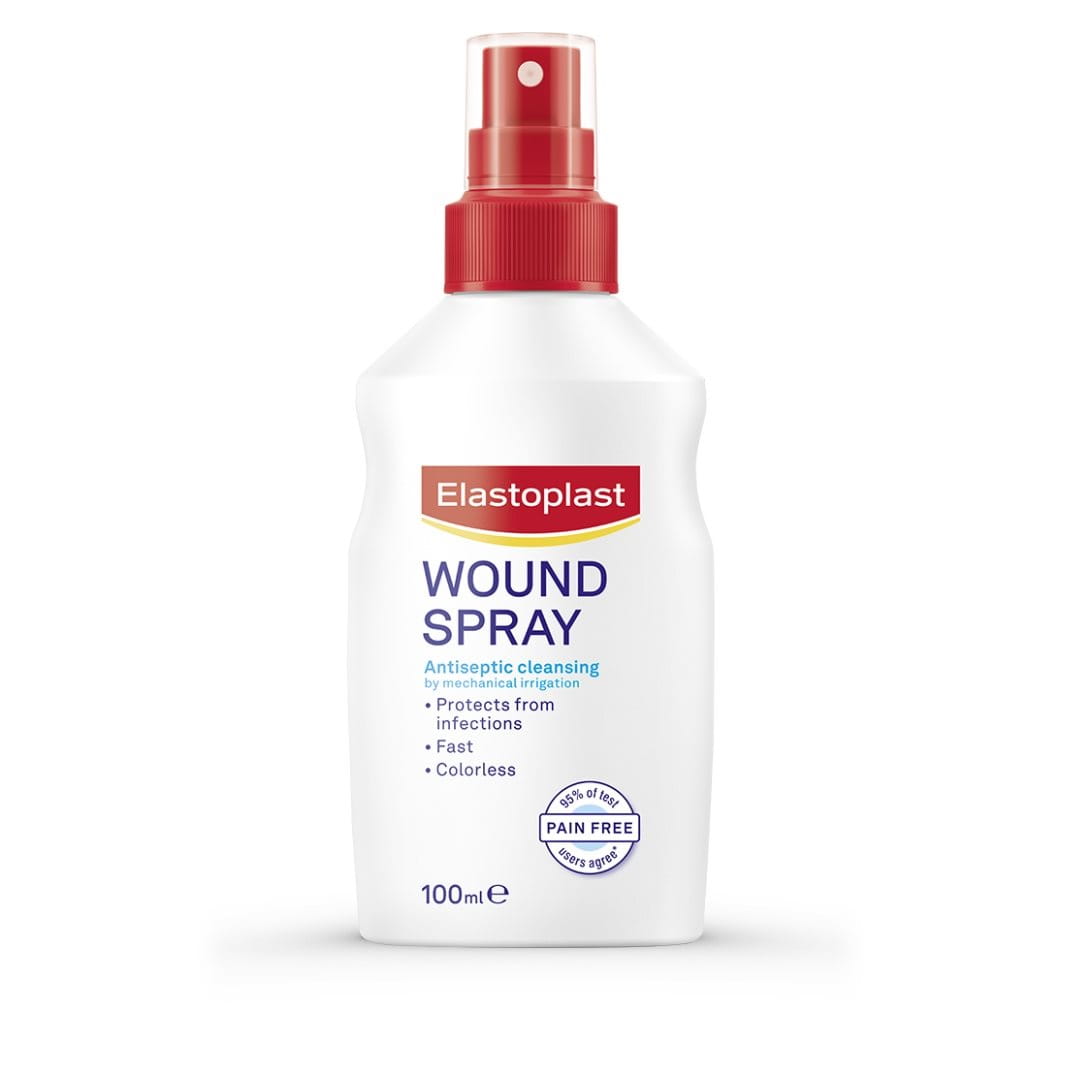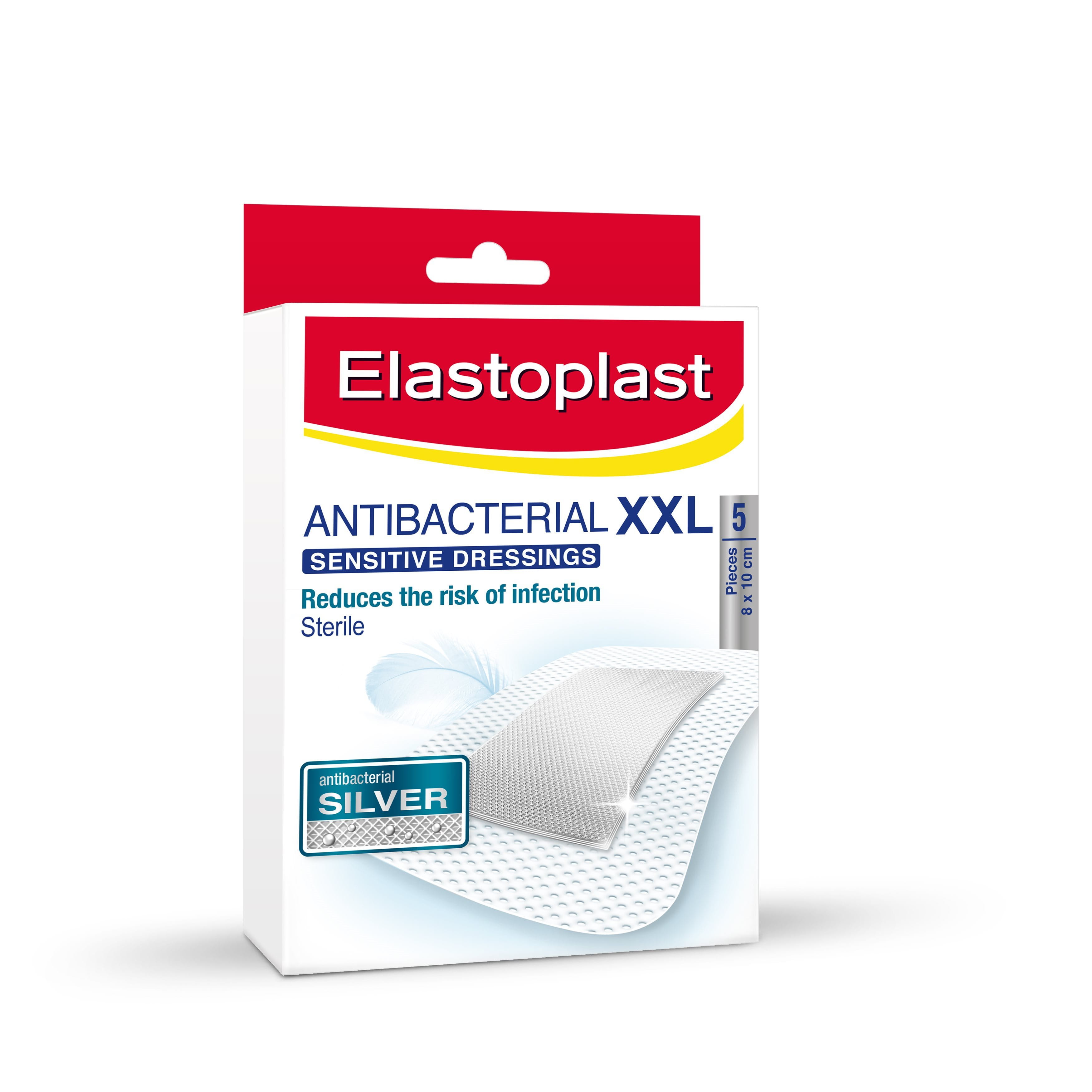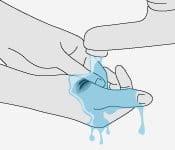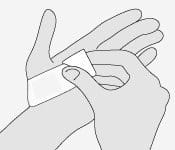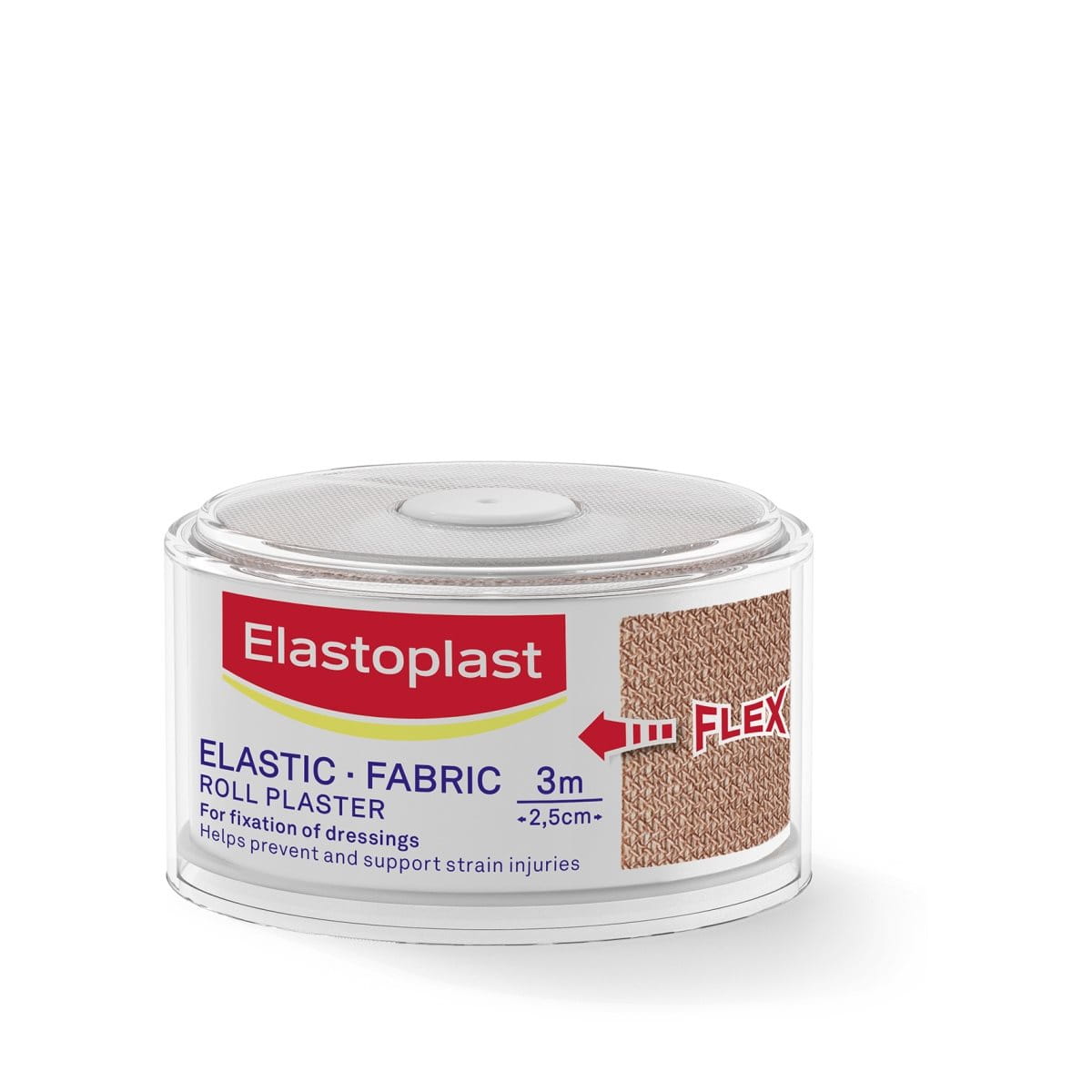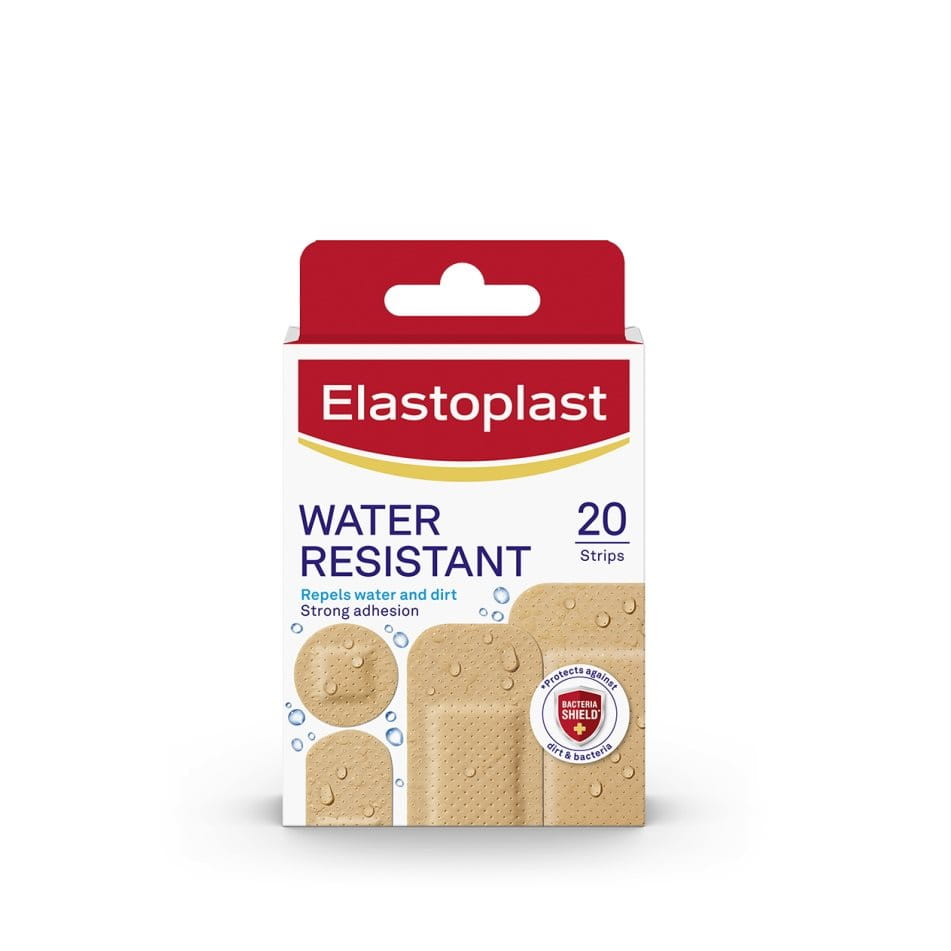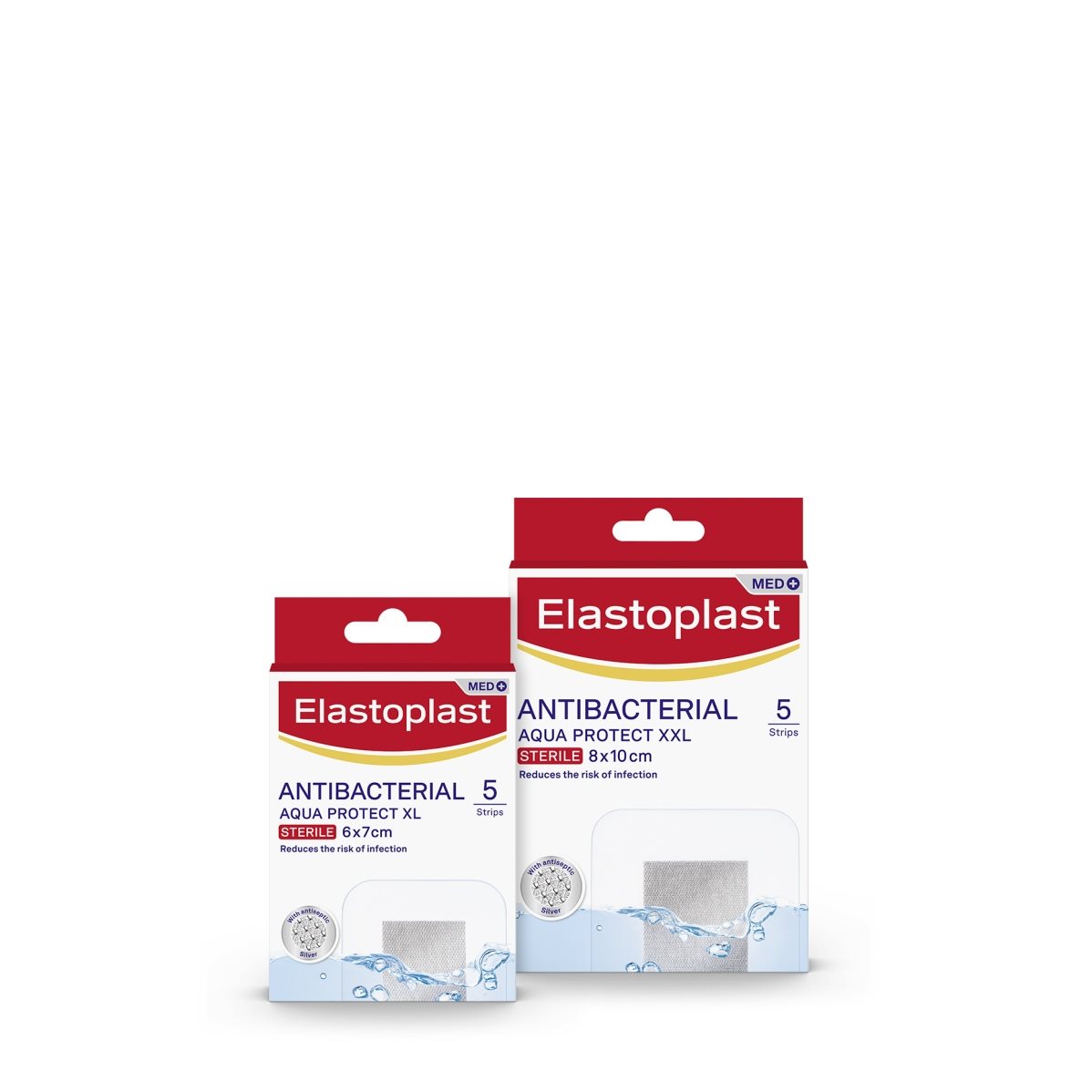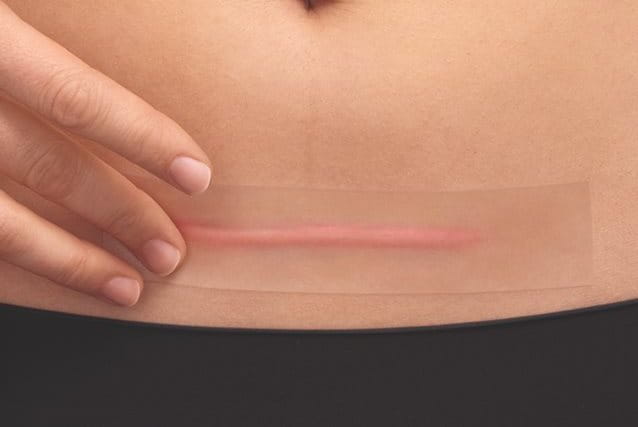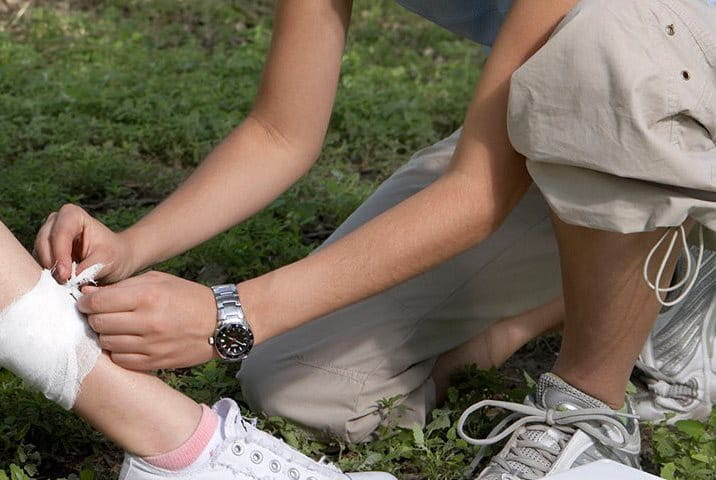Antibacterial XXL Sensitive Plaster
Product Info
Antibacterial Sensitive XXL
Elastoplast Antibacterial XXL Sensitive plasters have a woundpad containing antiseptic silver to help prevent infections. The plasters are very skin friendly and are suitable for covering larger wounds, and are especially suitable for covering wounds after surgery or after seeing a doctor.
- The comfortable material is soft and flexible.
- The non-stick woundpad with antiseptic silver protects and cushions the wound.
- The secure and skin friendly adhesion ensures that the plaster stays in place but is still painless to remove.
The plasters are available in two different sizes which seal all around the wound to prevent contamination:
- 5 x 7,5cm
- 8 x 10cm

How To Use
Use each plaster only once.
Ingredients
All Ingredients
|
Product |
Type |
Size |
Quantity |
||||
|---|---|---|---|---|---|---|---|
|
Product : |
Anitbacterial XXL Sensitive 5 Strips (one strip size) |
Type : |
|
Size : |
5 x 7,5 cm |
Quantity : |
5 Srips |
|
Product : |
Antiacterial XXL Sensitive 5 Strips (one strip size) |
Type : |
|
Size : |
8 x 10 cm |
Quantity : |
5 Strips |
Silver Healing (9)
-
1. Why would I use a bandage with a silver wound pad instead of a regular bandage?
The use of silver has one big advantage: it reduces the risk of infection from the very beginning. Wound infections are the major cause of wound healing disturbances. And wound infections are not rare - up to 50% of acute wounds become infected! With a silver wound pad, you do the very best to prevent infection from occurring. -
2. Is there proof that silver works?
Yes, there is. Silver has been used in hospitals for years.
Many clinical studies demonstrate the benefits of silver. -
3. What kind of germs does silver kill?
Silver is a clinically proven, broad spectrum antimicrobial agent.
It kills nearly all relevant bacteria and fungi. -
4. Is Elastoplast with Silver Technology safe to use on children?
Yes, it is. Unlike many other antiseptics, silver is very skin-friendly. Resistance to silver is extremely rare. -
5. I have diabetes, can I use Elastoplast with Silver Technology?
Actually, Elastoplast with Silver Technology might be especially beneficial for you!
Diabetics are more often affected by wound healing problems. Wounds take longer to heal and have a higher risk of infection. Silver as an effective and clinically established antiseptic ingredient reduces the risk of infection from the very beginning. For optimal wound healing, we recommend Elastoplast with Silver Technology plasters, that contain antiseptic silver that is released as soon as the silver ions come into contact with the wound fluid. Furthermore, all Elastoplast with Silver Technology plasters grant excellent skin compatibility. -
6. What is silver allergy?
Silver's allergenic potential is very low. There exist only a few recorded cases of allergy in people who have been in constant contact with high concentrations of silver – for example silversmiths or silver miners. Most people who believe they have a silver allergy actually have an allergic reaction to nickel, because silver used for jewelry often contains nickel. Standardized testing confirmed that the Elastoplast with Silver Technology line is skin-friendly. -
7. Is it necessary to use antiseptics/creams/ointments in combination with Elastoplast with Silver Technology products?
No, it isn't. Elastoplast with Silver Technology plasters contain antiseptic effective silver that is released as soon as the silver ions come into contact with the wound fluid. Therefore, pre-treatment of wounds is not necessary. Using ointments and creams may actually decrease antimicrobial activity. -
8. How often should I change my plaster?
Usually, it is recommended to change Standard First Aid Dressings daily due to hygienic reasons. Some advanced plaster such as the Fast Healing Plaster that provide moist wound healing conditions are recommended to be left in place for up to two days or more in order not to interrupt the healing process. -
9. Is it better to let small wounds dry at the fresh air instead of putting on a plaster?
It is one of the wound care myths that keeping minor cuts and grazes uncovered and let air to them helps them to heal faster. The contrary is true! Research shows that covered wounds heal more efficiently and have a reduced risk of infection. Elastoplast products provide protection until the wound is completely healed.
